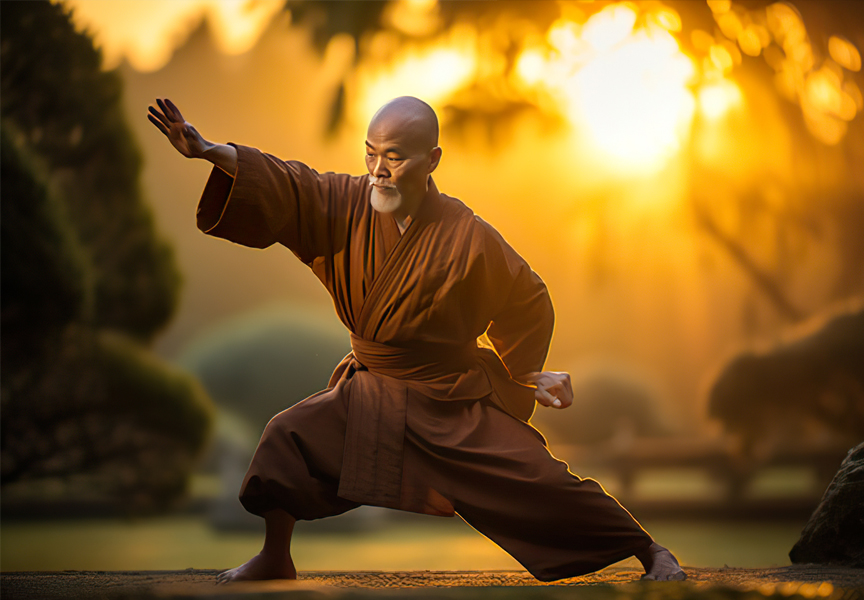Random Free Articles
- Understanding the Essence of Martial Arts
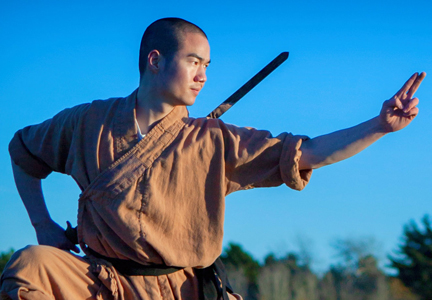
Martial arts, often depicted in popular culture as a dynamic display of acrobatics and combat techniques, have a rich history and philosophy that goes far beyond physical combat. While it's true that martial arts encompass a wide range of fighting styles, each with its own techniques and traditions, the essence of martial arts extends beyond the physical realm. In this article, we will explore the deeper aspects of martial arts and…
- Martial Arts for Seniors
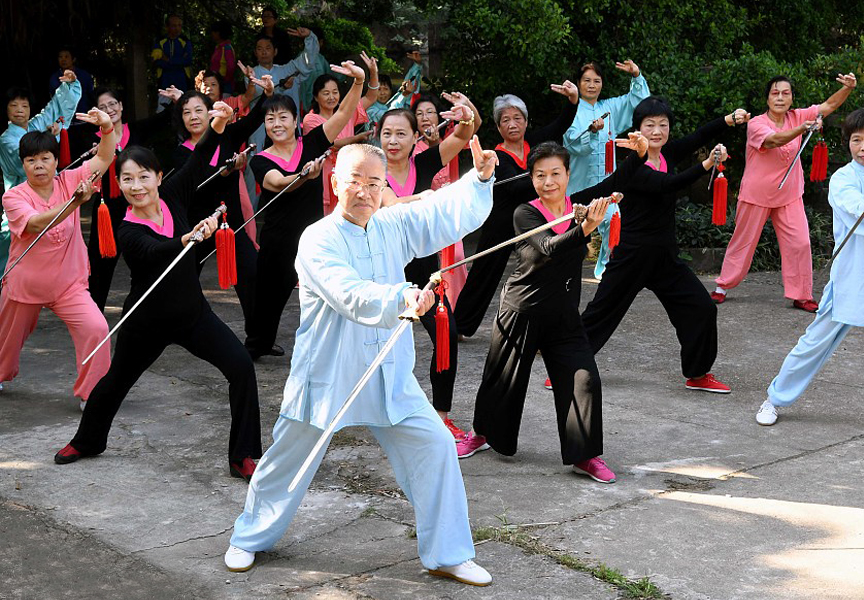
Breaking Stereotypes and Embracing Wellness Martial arts has long been associated with strength, agility, and discipline, typically seen as a pursuit for the young and physically fit. However, as attitudes toward aging and health evolve, so does the perception of activities like martial arts for seniors. The question arises: Is martial arts suitable for old people? In this article, we will explore the numerous benefits of martial arts for…
- The Art of the Fan
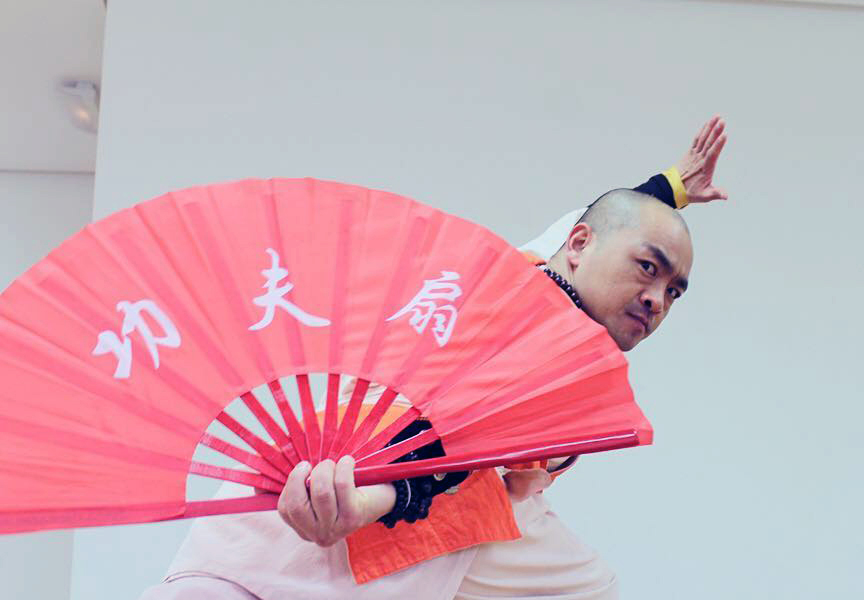
A Traditional Weapon with Timeless Elegance The fan [Chin.: Shàn 扇], often associated with a tool for cooling oneself on a hot day or a stylish accessory, may not immediately conjure images of martial prowess. However, delve into the rich history of traditional Chinese martial arts, and you'll discover that the fan has been one of the most widely used and underestimated weapons. With roots reaching deep into ancient China, fan combat…
- A Living Master; A Living Blessing
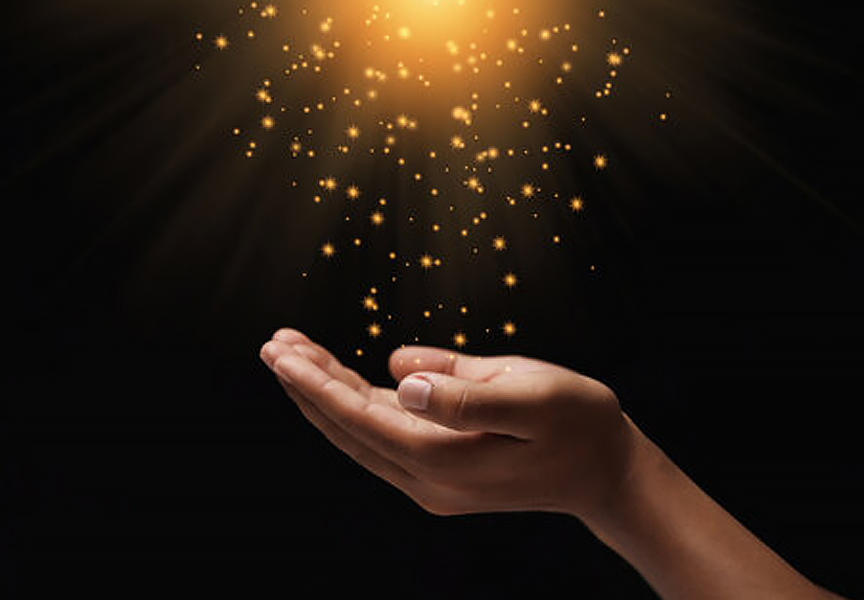
In the tapestry of human existence, certain individuals emerge as beacons of wisdom, compassion, and enlightenment. A living master, often recognized as a spiritual guide, mentor, or teacher, embodies the essence of a living blessing. These extraordinary individuals traverse the realms of knowledge, guiding seekers on the path of self-discovery, inner peace, and spiritual awakening. The Living Presence: A living master is not merely a…
- Forms and their use
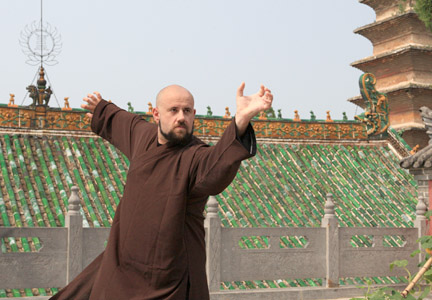
The term Forms means the combination of several techniques, organized by their initiators, in order to present their experience and knowledge from a real battle and which they can pass on to future generations. Masters that created the Forms which have reached to this day, were perfectly aware of the styles, were experienced in the techniques, in order to be able to see the advantages and disadvantages of the form, the techniques, the sequence…

